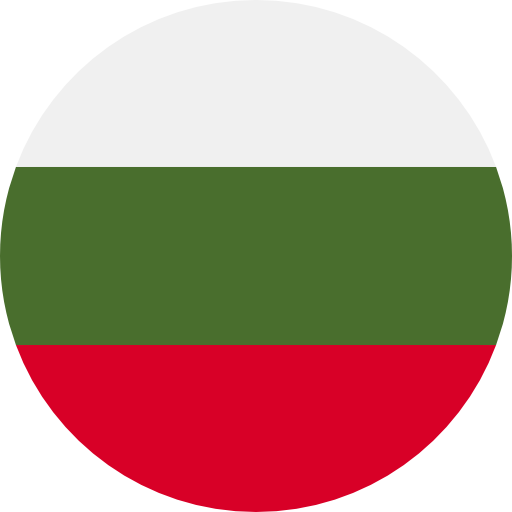
- Home
- Coin Values
- Regions
- Spot Silver Price: $79.31

Silver coins were in regular circulation in Bulgaria. The values below represent the intrinsic value of silver coins from Bulgaria.
Bulgaria silver coins that are in uncirculated condition, or that may be rare and collectible may also have numismatic value. You can use this table as a guide when buying and selling circulated silver coins from Bulgaria.
The melt values are calculated and displayed in USD based on the today's silver spot price of $79.31 per troy ounce.
| Denomination / Currency | Years Minted | Fineness | Gross Weight (g) | ASW (g) | ASW (oz t) | Melt Value |
|---|---|---|---|---|---|---|
| 50 Stotinki | 1910- 1916 | .835 | 2.5 | 2.09 | .0671 | $5.32 |
| 1 Lev | 1910- 1916 | .835 | 5 | 4.18 | .1342 | $10.64 |
| 2 Leva | 1910- 1916 | .835 | 10 | 8.35 | .2685 | $21.29 |
| 20 Leva | 1930 | .500 | 4 | 2.00 | .0643 | $5.10 |
| 50 Leva | 1934 | .500 | 10 | 5.00 | .1608 | $12.75 |
| 100 Leva | 1930- 1937 | .500 | 20 | 10.00 | .3215 | $25.50 |
| 5 Leva | 1964- 1976 | .900 | 20.5 | 18.45 | .5932 | $47.05 |
| 5 Leva | 1976- 1979 | .500 | 20.5 | 10.25 | .3295 | $26.13 |
| 10 Leva | 1978 | .500 | 29 | 14.50 | .4662 | $36.97 |
During the First Bulgarian Empire, silver coinage was scarce. The primary coinage in the region was influenced by the Byzantine Empire, which dominated the Balkans at the time. Byzantine coins, including silver miliaresia, circulated widely, and Bulgaria did not produce a significant amount of its own coins.
By the 13th and 14th centuries, during the Second Bulgarian Empire, Bulgarian rulers began minting their own coins, including silver coins.
After the fall of the Second Bulgarian Empire in 1396, Bulgaria became part of the Ottoman Empire. During this time, Bulgarian mints ceased production, and Ottoman coins became the primary currency.
The Ottoman silver akçe was widely circulated in Bulgaria during this period. The akçe was the dominant silver coin in the empire from the 14th to the 17th centuries.
In the early 19th century, as Bulgarian nationalism grew during the National Revival, foreign silver coins circulated widely, including Russian rubles, Austrian thalers, and French francs.
The Russian Empire, which had significant influence in the region, brought Russian coins, including silver rubles, into circulation.
After the Russo-Turkish War (1877–1878), Bulgaria gained autonomy as a principality under Ottoman suzerainty, marking the beginning of the modern Bulgarian state.
New Currency System: Bulgaria adopted its own monetary system in the late 19th century. The Bulgarian lev was introduced in 1881, and the silver lev was based on the Latin Monetary Union standards.
The lev was introduced in 1881, and early Bulgarian coins were minted in both gold and silver.
Silver coins were issued in denominations of 1 lev, 2 leva, and 5 leva, with varying silver content depending on the denomination.
These coins featured portraits of Bulgarian monarchs, such as Prince (later Tsar) Ferdinand I, as well as the national coat of arms.
Bulgaria's early coinage was influenced by neighboring powers, particularly the Byzantine and Ottoman empires, but it eventually developed its own silver currency system following independence in the late 19th century. While the use of silver for circulating coins diminished in the 20th century, silver continues to play a role in Bulgaria’s numismatic culture, particularly through commemorative issues that celebrate the nation's rich heritage.